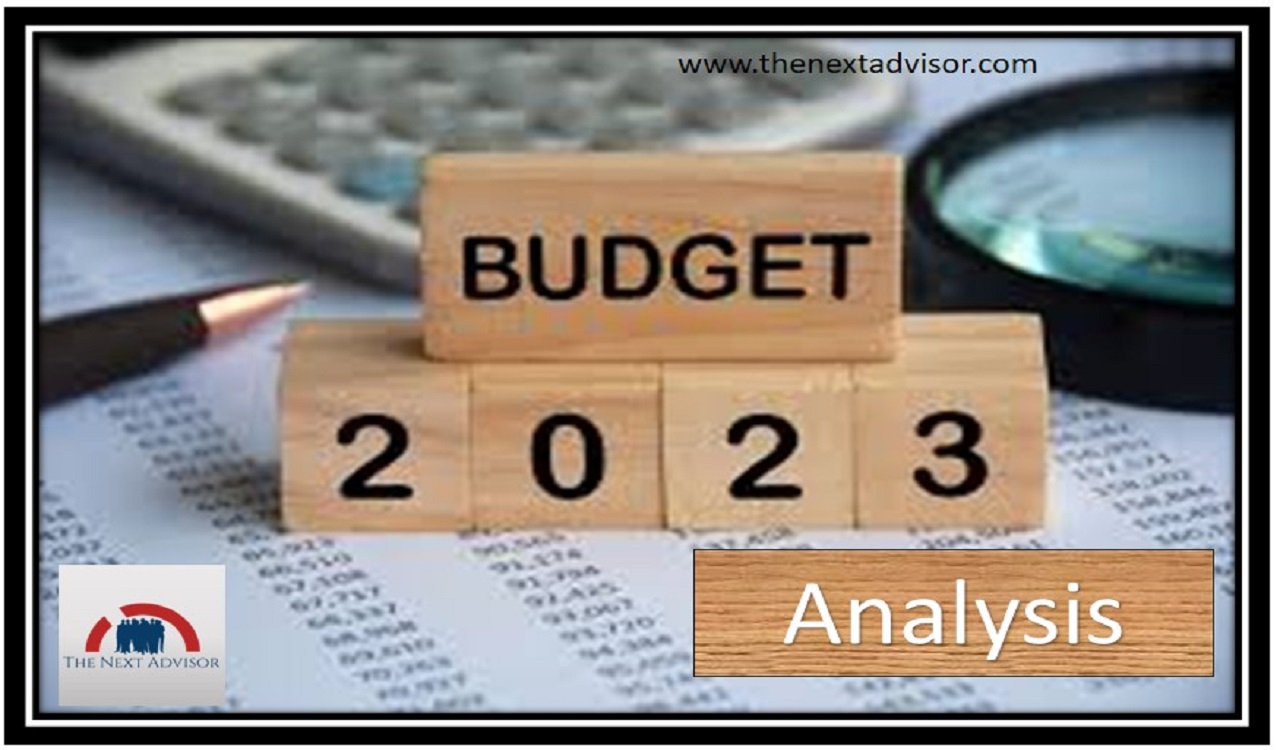Budget 2023 Analysis
So yeah, this was indeed the first budget of Amritkaal. So let’s see the pros and cons of this Budget. The increasing expenditures, the budget cuts, and what will the middle class get? Friends, let’s start with the largest focus area of the Budget. Capital spending. Capital spending means, the money being spent by the government on long-term assets for the economy. In this year’s Budget, capital spending has been significantly increased. The government will spend 33% more on this. In total, rupees 10 Trillion will be spent on it.
Moving on, the second major focus area of this year’s Budget is said to be the reduction of the Fiscal deficit. Since the word, “Deficit” is being used, it’s obvious that the earnings of the government are insufficient to meet its expenditure. FM claims that for 2023-24, the government is targeting to bring down the fiscal deficit to 5.9% of the GDP. And by 2025-26, to get it to 4.5% of the GDP. How can this be made possible? This means the government needs to cut down on its expenditures and increases its revenues. And we saw this in this year’s budget.
Food, fertilizer, and Petrol have been reduced by 28%. In this fiscal year, Rupees 5.2 trillion was spent, but in the next fiscal year, only rupees 3.75 trillion will be spent. In this Budget, there were budget cuts in several areas. For startups, to encourage startups, the government has claimed that it will formulate the National Data Governance Policy. Nirmala Sitharaman listed out 7 main priorities on this budget. The priority on the list is inclusive development. India’s GDP growth for the next fiscal year is expected to be, between 6.0 to 6.8%.
According to the Annual Economic Survey of the Finance Ministry. The education and healthcare sectors, Which I believe to be crucial for the long-term growth of the nations, have seen an increased budget allocation. But in terms of the percentage of the total budget, there has been a decrease. Similarly, the budget for Healthcare, was 2.20% last year but this year it will be 1.98%. These are the percentage of GDP. But in some areas, the allocation has seen a significant increase.
Such as the expenditure on road transport has increased by 24%. There has been a historical, record-breaking allocation on the railways, an additional budget of rupees 1 trillion. 3 new factories will be set up for the construction of the Vande Bharat trains. And Indian Railways will introduce trains running on hydrogen, by the end of this calendar year. In the environmental sector, the government is working towards the aim of making India a bet-zero country by 2070. Accordingly, the FM has announced the National Green Hydrogen Mission. Rupees 197 billion is to be allocated, With the target of the annual production of 5 million metric tonnes of hydrogen by 2030.
In total, about 350 billion will be spent by the government in this budget for the Net-Zero objective. A PM Pranam Scheme has been launched to promote alternative fertilizers. Some other interesting program under the green growth that was discussed was MISHTI. And BHARTIYA PRAKRITIK KHETI BIO INPUT RESOURCE CENTRES. Some commodities that will see an increase in port price will be cigarettes, with an additional tax of 16%. Import duty on compounded rubber was increased to 25% from the previous 10%.
The customs on the electric chimney in Kitchens have been doubled. And the basic customs duty on things made of gold bars has been increased as well. On the other hand, the parts of open cells installed in TVs were given a 2.5% reduction in customs duty. the materials imported to manufacture smartphones were given a reduction in duty. And lab-grown diamonds, an interesting concept in itself, the seeds used to create them, were given duty reductions. Additionally, the custom duty exemptions granted will apply to the batteries of Electrical Vehicles as well. Friends, now let’s talk about the thing that’s most important for the middle class. Tax regime.
This was all about the Budget 2023 Analysis.

























